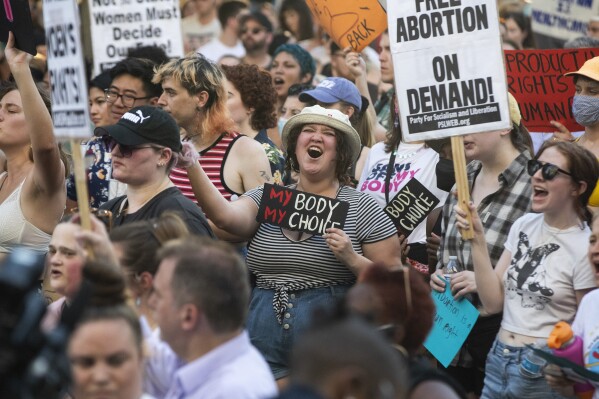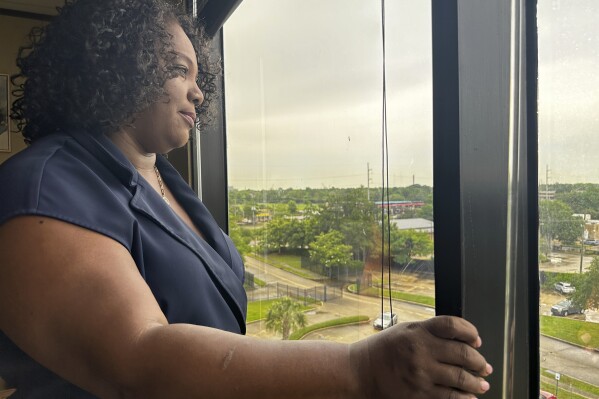Advocates ask Supreme Court to back Louisiana’s new mostly Black House district
NEW ORLEANS (AP) — Voting rights advocates filed an emergency motion Wednesday asking the Supreme Court to keep a new Louisiana congressional map in place for this year’s elections that gives the state a second majority Black district.
A divided panel of federal judges in western Louisiana ruled April 30 that the new map, passed by lawmakers in January, was an unconstitutional racial gerrymander. Wednesday’s Supreme Court filing seeks to block that ruling, keeping the new districts in place while appeals continue.
Gov. Jeff Landry and Attorney Gen. Liz Murrill, both Republicans, back the new map. Murrill said she also planned to ask the high court to keep it in place.
Voting patterns show a new mostly Black district would give Democrats the chance to capture another House seat. The new map converted District 6, represented by Republican Rep. Garret Graves. Democratic state Sen. Cleo Fields, a former congressman who is Black, had said he would run for the seat.
Supporters of the new district, including the American Civil Liberties Union and the NAACP Legal Defense and Education Fund, say the lower court decision effectively means Louisiana has no congressional map in place for the fall election, and no realistic chance for the Legislature to adopt one in time.



Wednesday’s filing is the latest development in a seesaw battle covering two federal district courts and an appeals court.
The state has five white Republican U.S. House members and one Black member who is a Democrat. All were elected most recently under a map the Legislature drew up in 2022.
US. District Judge Shelly Dick, of Baton Rouge, blocked subsequent use of the 2022 map, saying it likely violated the federal Voting Rights Act by dividing many of the state’s Black residents — about a third of the population — among five districts. A federal appeals court gave lawmakers a deadline earlier this year to act.
The Legislature responded with the latest map creating a new district crossing the state diagonally and linking Black populations from Shreveport in the northwest, Alexandria in the center and Lafayette and Baton Rouge in the south.
A group of self-identified non-African American voters filed suit against that map, saying it was unconstitutionally drawn up with race as the main factor.
Backers of the map said political considerations — including maintaining districts of House Speaker Mike Johnson and Majority Leader Steve Scalise — were a primary driver of the map in the Republican-dominated Legislature. But the judges voted 2-1 to side with the challengers of the new map.
The panel on Tuesday said it would impose a plan of its own but also said the Legislature should try to draw one up by June 3. Wednesday’s filing argues that there is no legal or logistical way for the Legislature to get a new map passed in time, noting that state election officials have said they need a map in place by May 15.
___
Associated Press reporter Mark Sherman in Washington contributed to this report.
Disclaimer: The copyright of this article belongs to the original author. Reposting this article is solely for the purpose of information dissemination and does not constitute any investment advice. If there is any infringement, please contact us immediately. We will make corrections or deletions as necessary. Thank you.






